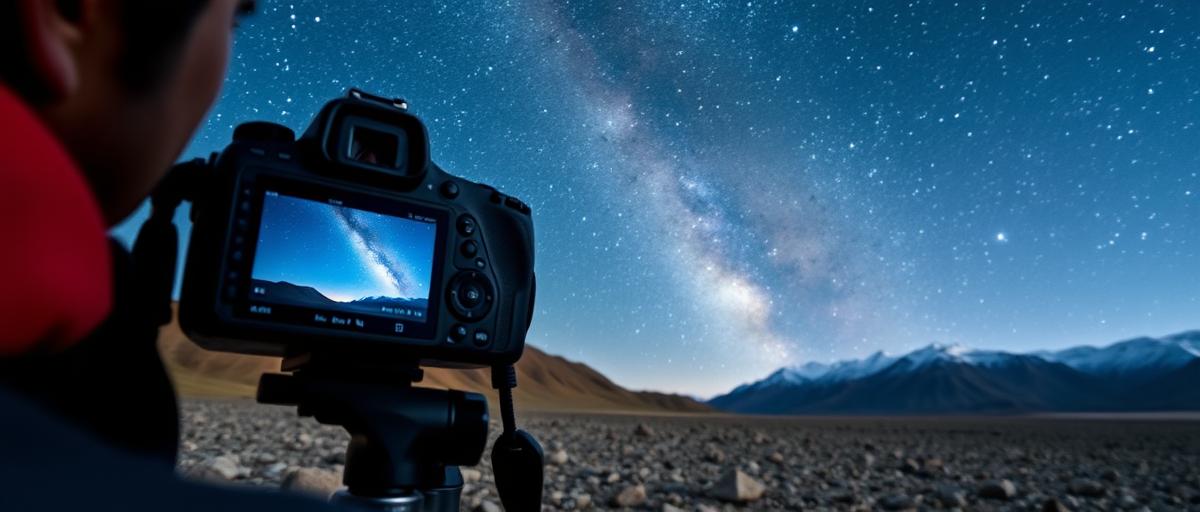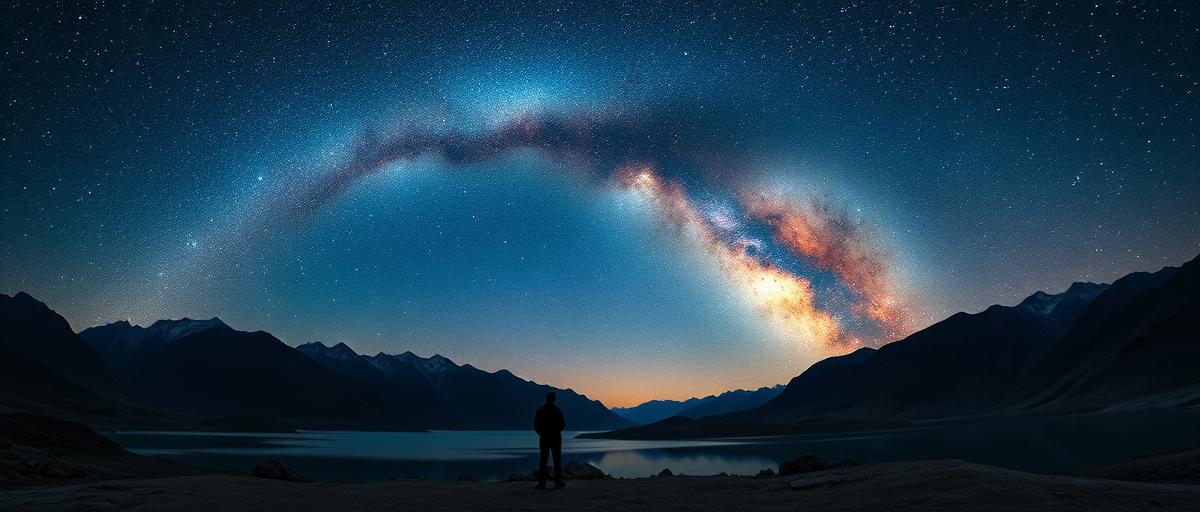There’s something profoundly humbling about standing under the vast, star-studded sky of Ladakh, where the Milky Way stretches like a celestial river. If you’ve ever dreamt of witnessing this cosmic spectacle, July and August are the golden months to make it happen. Here’s why—and how to plan it perfectly.
Ladakh, often called the ‘Land of High Passes,’ sits at an altitude of 11,500 feet, offering minimal light pollution and crisp, clear skies. The region’s unique geography—nestled between the Karakoram and Himalayan ranges—creates an otherworldly setting for stargazing. The dry, thin air at this elevation enhances visibility, making it one of the best places on Earth to observe the Milky Way.
The Milky Way, our home galaxy, is a barred spiral galaxy containing over 100 billion stars. Its name originates from Greek mythology, where it was described as a spilled path of milk by the goddess Hera. Scientifically, it’s a dynamic structure, with its core—visible as a bright, dense band—dominated by a supermassive black hole named Sagittarius A*. The galactic disk, where Earth resides, spans roughly 100,000 light-years.

July and August are ideal for Milky Way sightings in Ladakh due to the region’s short-lived summer. The monsoon barely touches this cold desert, ensuring cloudless nights. During these months, the galactic center—the most photogenic part—rises prominently in the southern sky around midnight. The absence of atmospheric disturbances and low humidity further sharpens the view, revealing intricate details like dark nebulae (interstellar dust clouds) and star clusters.
To maximize your experience, head to remote locations like Tso Moriri, Hanle, or Nubra Valley. Hanle, home to the Indian Astronomical Observatory, is particularly legendary for its pristine skies. The lack of artificial light here allows the Milky Way’s glow to dominate the nightscape. For photographers, the key is to arrive before moonrise or after moonset, as moonlight can wash out fainter stars.
Pack wisely: a DSLR or mirrorless camera with manual settings, a sturdy tripod, and wide-angle lenses (14-24mm) are essential. Use a high ISO (1600-3200), wide aperture (f/2.8 or lower), and long exposure (15-30 seconds) to capture the galaxy’s grandeur. Don’t forget warm layers—Ladakh’s nights are frigid even in summer.
Beyond the Milky Way, Ladakh’s night sky offers additional wonders. Look for the Andromeda Galaxy (2.5 million light-years away), Jupiter’s Galilean moons, and meteor showers like the Perseids in August. Local guides often share folklore about the stars, blending science with Ladakhi culture.
Why choose July-August? Aside from optimal weather, this period coincides with Ladakh’s tourist season, meaning better accessibility to remote areas. Roads to high-altitude lakes and valleys are open, and homestays in villages like Ulley or Merak provide authentic stays under the stars.
Standing beneath Ladakh’s Milky Way isn’t just about astronomy—it’s a meditation on our place in the universe. The galaxy’s faint glow, a reminder of countless suns and worlds, puts earthly worries into perspective. Whether you’re an astrophotographer, a dreamer, or a seeker of solitude, this journey will leave you starstruck in the best way possible.

